Input interpretation

delta-valerolactone
Chemical names and formulas

formula | C_5H_8O_2 name | delta-valerolactone IUPAC name | 2-tetrahydropyranone alternate names | 2H-pyran-2-one, tetrahydro- | 5-valerolactone | oxan-2-one | tetrahydro-2H-2-pyranone | tetrahydro-2H-pyran-2-one | tetrahydro-2-pyranone | tetrahydropyran-2-one mass fractions | C (carbon) 60% | H (hydrogen) 8.05% | O (oxygen) 32%
Lewis structure
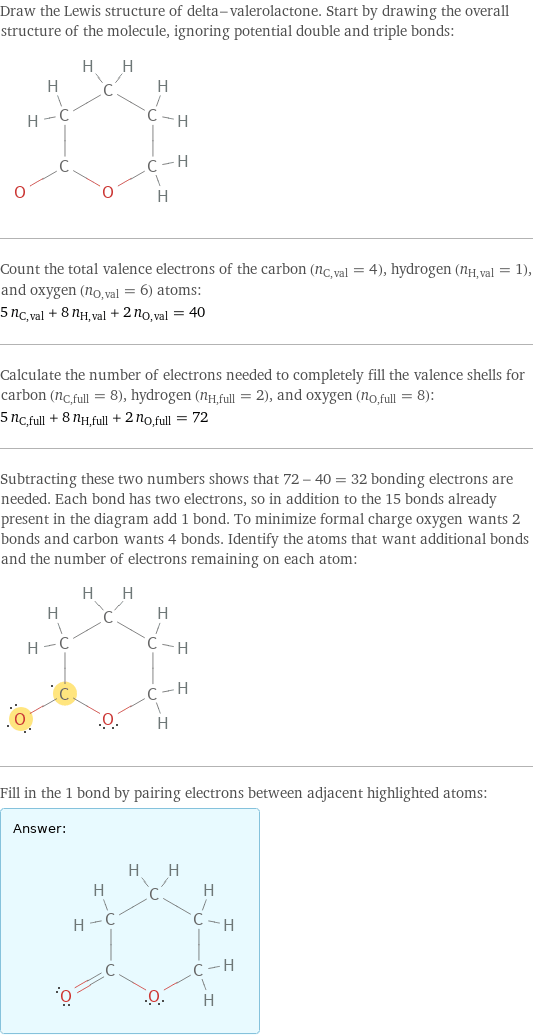
Draw the Lewis structure of delta-valerolactone. Start by drawing the overall structure of the molecule, ignoring potential double and triple bonds: Count the total valence electrons of the carbon (n_C, val = 4), hydrogen (n_H, val = 1), and oxygen (n_O, val = 6) atoms: 5 n_C, val + 8 n_H, val + 2 n_O, val = 40 Calculate the number of electrons needed to completely fill the valence shells for carbon (n_C, full = 8), hydrogen (n_H, full = 2), and oxygen (n_O, full = 8): 5 n_C, full + 8 n_H, full + 2 n_O, full = 72 Subtracting these two numbers shows that 72 - 40 = 32 bonding electrons are needed. Each bond has two electrons, so in addition to the 15 bonds already present in the diagram add 1 bond. To minimize formal charge oxygen wants 2 bonds and carbon wants 4 bonds. Identify the atoms that want additional bonds and the number of electrons remaining on each atom: Fill in the 1 bond by pairing electrons between adjacent highlighted atoms: Answer: | |
3D structure
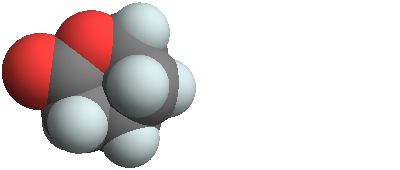
3D structure
Basic properties
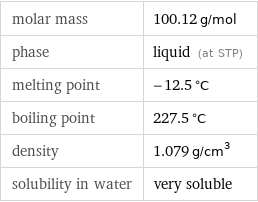
molar mass | 100.12 g/mol phase | liquid (at STP) melting point | -12.5 °C boiling point | 227.5 °C density | 1.079 g/cm^3 solubility in water | very soluble
Units

Liquid properties (at STP)
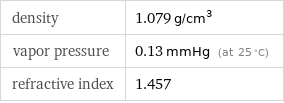
density | 1.079 g/cm^3 vapor pressure | 0.13 mmHg (at 25 °C) refractive index | 1.457
Units

Thermodynamic properties
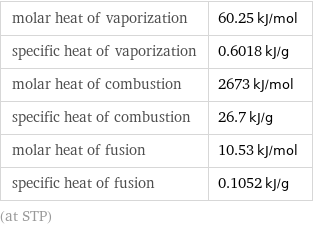
molar heat of vaporization | 60.25 kJ/mol specific heat of vaporization | 0.6018 kJ/g molar heat of combustion | 2673 kJ/mol specific heat of combustion | 26.7 kJ/g molar heat of fusion | 10.53 kJ/mol specific heat of fusion | 0.1052 kJ/g (at STP)
Chemical identifiers

CAS number | 542-28-9 Beilstein number | 106436 PubChem CID number | 10953 PubChem SID number | 24864292 SMILES identifier | C1CCOC(=O)C1 InChI identifier | InChI=1/C5H8O2/c6-5-3-1-2-4-7-5/h1-4H2 MDL number | MFCD00006645
Safety properties

flash point | 100 °C autoignition point | 390 °C